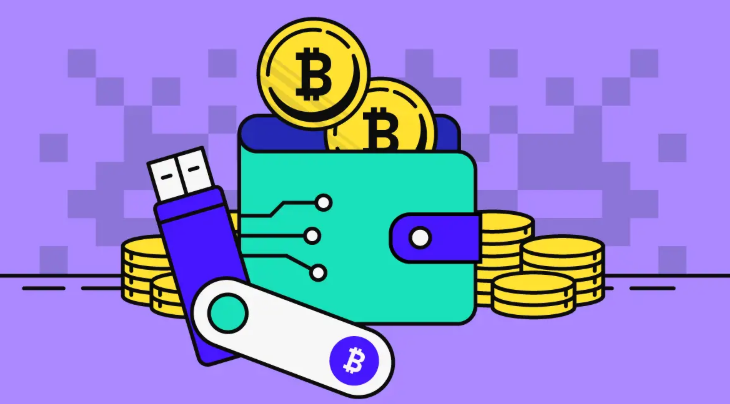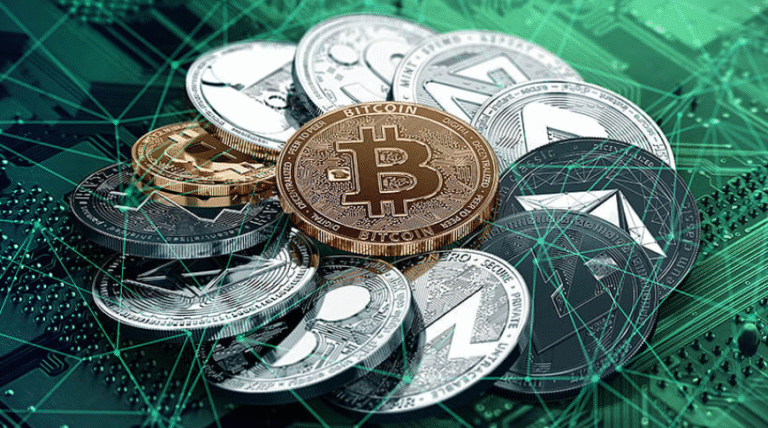How to Buy and Store Cryptocurrency Safely
Cryptocurrency has transformed the world of finance, offering new opportunities for investment and digital transactions. However, with great opportunity comes great responsibility—especially when it comes to protecting your digital assets. Learning how to buy and store cryptocurrency safely is crucial to ensuring your investments are secure from fraud, theft, and loss.
Understanding Cryptocurrency Basics
Before diving into buying and storing cryptocurrency, it’s essential to grasp the fundamentals. Cryptocurrency is a type of digital or virtual currency that uses cryptography for security. Unlike traditional currencies, cryptocurrencies operate on decentralized networks called blockchains.
Popular cryptocurrencies include Bitcoin (BTC), Ethereum (ETH), Binance Coin (BNB), and many others, each with unique features and uses. Understanding these basics will help you make informed decisions and recognize the importance of security when handling crypto assets.
See also: be1crypto
How to Buy Cryptocurrency Safely
Buying cryptocurrency safely starts with choosing the right platform. Cryptocurrency exchanges are online marketplaces where you can buy, sell, and trade cryptocurrencies. Some of the most reputable exchanges include Coinbase, Binance, Kraken, and Gemini.
Choosing a Reputable Exchange
- Look for exchanges with strong security measures such as cold storage of funds, two-factor authentication (2FA), and transparent security policies.
- Read user reviews and verify the exchange’s regulatory compliance.
- Avoid exchanges with a history of hacks or unresolved customer issues.
Verifying Exchange Security Features
Ensure the exchange uses SSL encryption, cold wallets for storing the majority of assets offline, and multi-factor authentication for user accounts.
Setting Up a Secure Account
- Use a unique, strong password.
- Enable two-factor authentication.
- Verify your identity through secure, official processes.
Payment Methods and Security
Use secure payment methods such as bank transfers or reputable credit cards. Avoid wiring money directly to unknown parties or using untraceable payment systems.
Avoiding Common Buying Scams
Be wary of offers promising unrealistic returns or “guaranteed” profits. Never share your private keys or personal credentials.
Steps to Buy Cryptocurrency on an Exchange
- Create an Account: Sign up on your chosen exchange and complete identity verification.
- Deposit Funds: Add funds via your preferred payment method.
- Place a Buy Order: Select the cryptocurrency you want to buy, specify the amount, and execute the order.
- Confirm Transaction: Review details before confirming your purchase.
Different Types of Cryptocurrency Wallets
Once you have purchased cryptocurrency, the next critical step is secure storage. Wallets are digital tools that store your private and public keys, allowing you to manage your crypto holdings.
Hot Wallets vs Cold Wallets
- Hot Wallets are connected to the internet, making them convenient but vulnerable to hacking.
- Cold Wallets are offline wallets, such as hardware or paper wallets, offering enhanced security.
Software Wallets
Applications installed on your computer or smartphone. They offer convenience but require strong security practices.
Hardware Wallets
Physical devices designed to securely store private keys offline. Examples include Ledger Nano S and Trezor.
Paper Wallets
Physical printouts of your public and private keys. They must be stored securely and protected from physical damage.
Mobile Wallets
Apps that allow you to manage crypto on your phone, often with built-in security features like biometrics.
How to Store Cryptocurrency Safely
Securing Your Wallet Private Keys
Your private keys are the gateway to your cryptocurrency. Keep them confidential and never share them online.
Using Multi-Factor Authentication (MFA)
Enable MFA on your wallet and exchange accounts to add an extra layer of security beyond just passwords.
Keeping Backup Copies Securely
Store backups of your wallet seed phrases or private keys in multiple secure locations (e.g., a safe or a secure deposit box).
Avoiding Public Wi-Fi for Transactions
Never access your wallet or conduct crypto transactions on unsecured public Wi-Fi networks.
Regularly Updating Wallet Software
Keep your wallet software up to date to benefit from the latest security patches.
Best Practices for Cryptocurrency Security
Using Hardware Wallets for Long-Term Storage
For significant holdings, hardware wallets provide the safest option by keeping private keys offline.
Beware of Phishing Attacks
Be vigilant about suspicious emails, websites, or messages asking for your wallet details.
Keeping Software and Firmware Updated
Regular updates protect against newly discovered vulnerabilities.
Monitoring Your Accounts Regularly
Check your wallet and exchange accounts frequently for any unauthorized activity.
Recognizing and Avoiding Cryptocurrency Scams
Scams in cryptocurrency are common and can take many forms, including fake ICOs, phishing, Ponzi schemes, and fake wallets.
Common Types of Crypto Scams
- Fake investment platforms promising huge returns
- Phishing websites mimicking popular exchanges
- Social engineering attacks to steal credentials
How to Verify Legitimacy
Research the platform, check official websites, and verify user reviews on trusted forums.
Red Flags to Watch Out For
Unsolicited offers, pressure to invest quickly, promises of guaranteed profits, and requests for private keys.
Legal and Tax Considerations When Buying Crypto
Understanding Your Country’s Crypto Regulations
Cryptocurrency regulations vary widely by country. Stay informed on your local laws to avoid legal issues.
Reporting Crypto Transactions for Taxes
Many countries require reporting crypto gains. Keep detailed records to ensure compliance.
Keeping Records of Your Crypto Trades
Maintain logs of all transactions, including purchase price, sale price, and dates.
Frequently Asked Questions (FAQs)
Q1: What is the safest way to buy cryptocurrency?
A1: Use reputable, regulated exchanges with strong security measures, and enable two-factor authentication.
Q2: How do I protect my crypto wallet from hackers?
A2: Use hardware wallets, keep private keys offline, enable MFA, and avoid public Wi-Fi.
Q3: Can I recover lost cryptocurrency?
A3: Generally, lost private keys or stolen crypto cannot be recovered; backups and caution are vital.
Q4: Is it better to use hardware wallets or software wallets?
A4: Hardware wallets are safer for long-term storage; software wallets are more convenient for frequent use.
Q5: How often should I update my crypto security measures?
A5: Regularly update software, change passwords periodically, and stay informed about security trends.
Q6: Are cryptocurrency exchanges insured?
A6: Some exchanges have insurance policies, but coverage varies. Research individual exchanges before investing.
Conclusion
Buying and storing cryptocurrency safely requires vigilance, education, and the right tools. By choosing reputable exchanges, securing your wallets, and following best practices, you can protect your digital assets from threats. Stay informed, stay cautious, and enjoy the benefits of cryptocurrency with confidence.

